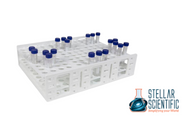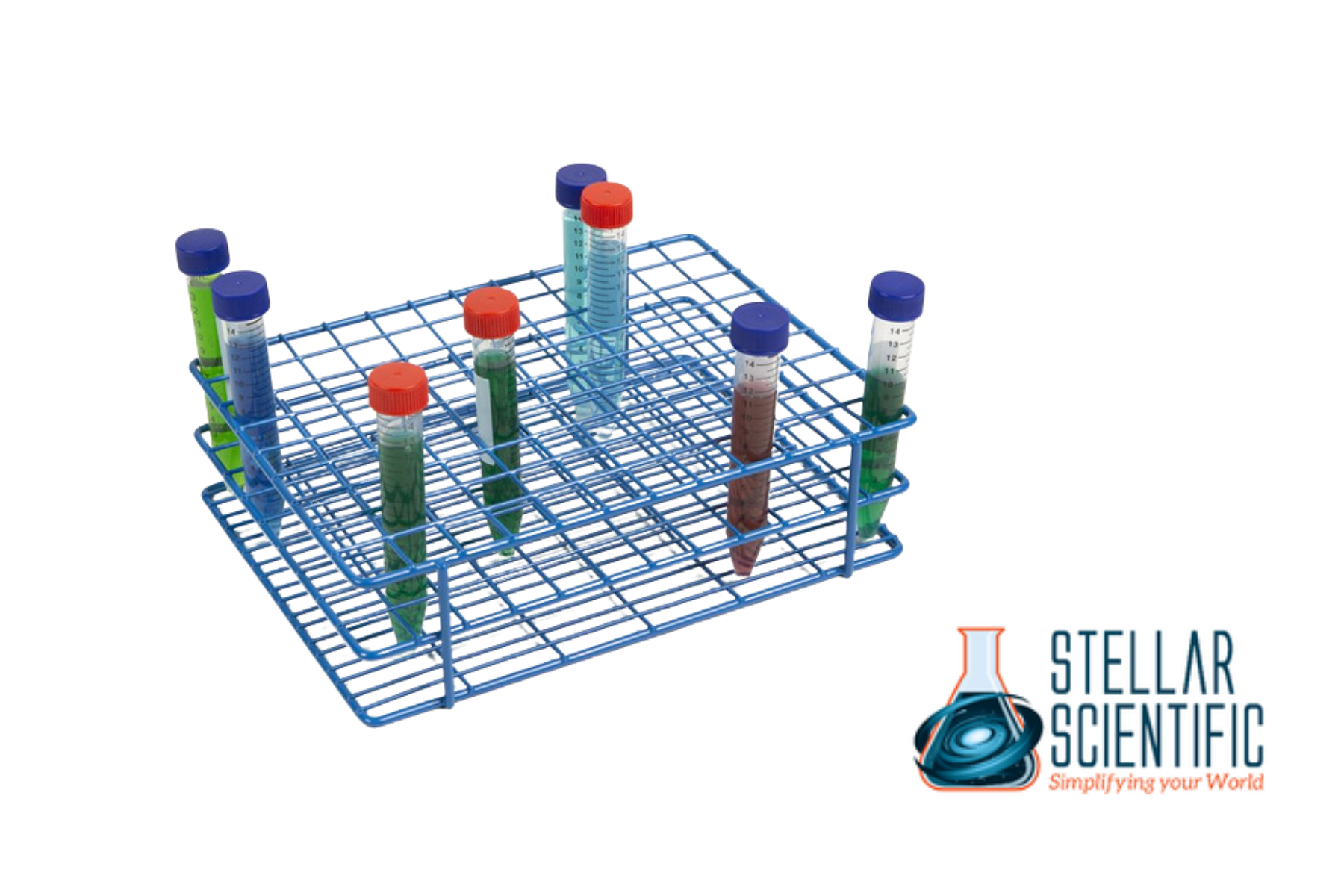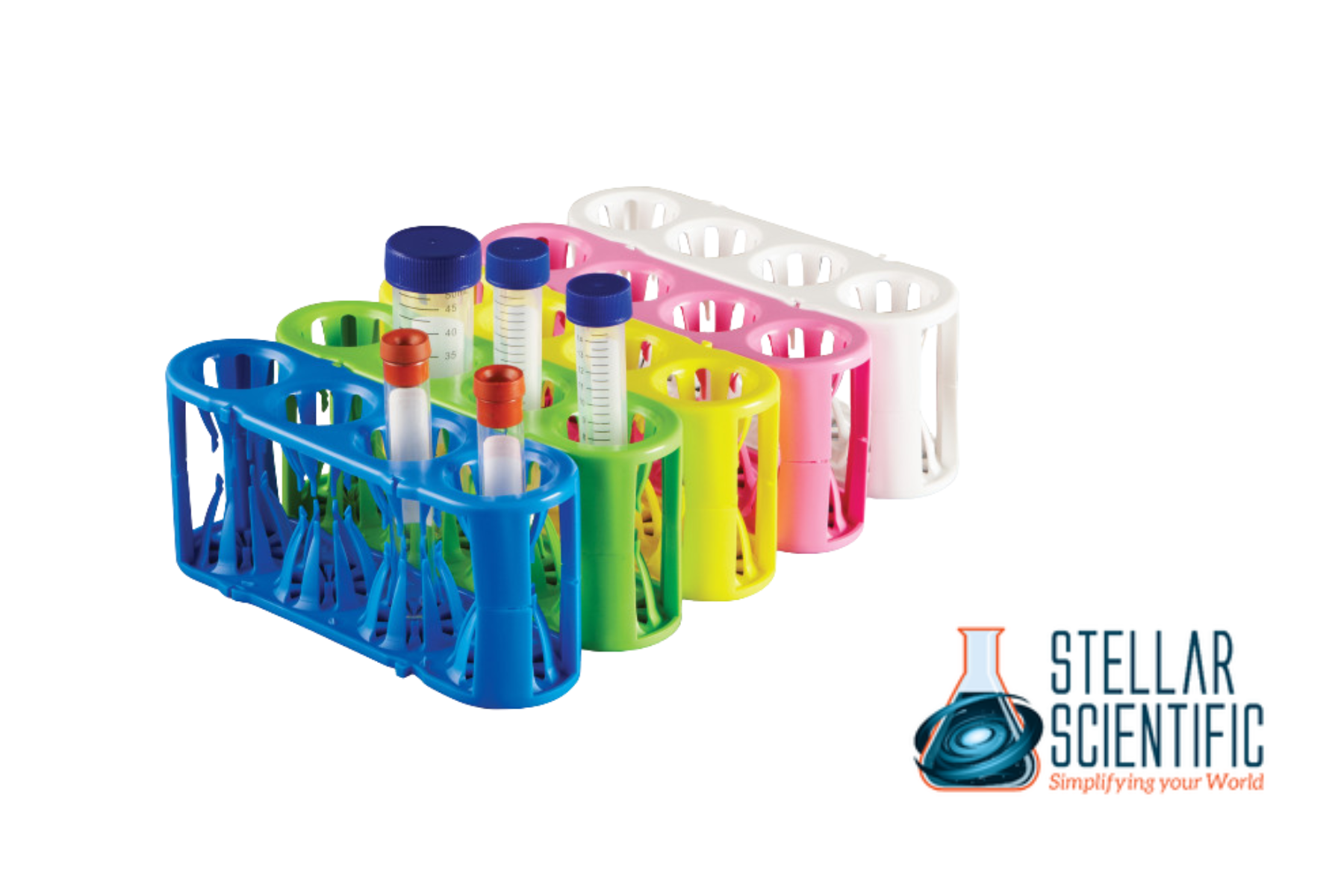Improving Laboratory Safety and Compliance with Proper Tube Rack Usage
17th Sep 2025
Laboratory safety is a critical aspect of scientific research and diagnostic work. From academic labs to clinical testing facilities, ensuring that procedures are carried out safely protects both personnel and the integrity of experimental results. One often-overlooked aspect of laboratory safety is the proper use of tube rack. These essential tools provide stability, organization, and protection for samples, reducing the risk of spills, contamination, and accidents.
The Role of Tube Racks in Laboratory Safety
A tube rack serves as more than just a convenient holder for test tubes or sample containers. In a busy laboratory environment, it helps prevent accidental spills that could lead to chemical exposure or sample loss. Properly designed tube racks can accommodate multiple tube sizes, providing a secure fit that minimizes tipping. By keeping tubes upright and stable, they reduce the likelihood of cross-contamination, which is especially important when handling infectious agents or hazardous chemicals.
Furthermore, tube racks contribute to ergonomic safety. Handling multiple tubes individually increases the risk of repetitive strain injuries or dropping tubes during transport. Using a tube holder rack allows laboratory staff to move several samples at once, reducing handling time and physical strain.
Choosing the Right Test Tube Racks
Selecting the appropriate test tube racks is crucial for maintaining safety and compliance. Factors to consider include the size of the tubes, material of the rack, and specific laboratory requirements:
- Tube Size Compatibility: Ensure the rack accommodates the diameters and lengths of the tubes in use. A snug fit prevents wobbling, which can lead to spills.
- Material: Tube racks are commonly made of plastic, metal, or wood. Plastic racks are lightweight and resistant to chemical corrosion, while metal racks offer higher durability. The choice should align with the laboratory’s specific safety protocols and the types of chemicals handled.
- Design: Some racks feature stackable designs, drainage holes, or color-coded sections. These features enhance organization and reduce handling errors.
Proper selection of racks not only improves safety but also helps maintain compliance with laboratory regulations. Regulatory agencies often emphasize organized storage and proper handling of specimens as part of overall safety management.
Organizing Samples Effectively
Using tube holders effectively is key to preventing mislabeling, contamination, and accidental exposure. Proper organization involves:
- Labeling: Clearly label tubes before placing them in racks. This reduces the risk of misidentification and ensures accurate experimental results.
- Segregation: Separate hazardous, infectious, or incompatible materials. Specialized racks or sections of a rack can help maintain segregation.
- Placement: Position racks on stable, flat surfaces. Avoid placing racks near the edge of counters or benches, where accidental knocks could lead to spills.
Effective organization not only enhances safety but also streamlines workflow. Technicians and researchers can locate samples quickly, reducing unnecessary handling and minimizing the risk of errors.
Handling and Transporting Tube Racks Safely
Accidents often occur during the transport of samples between workstations, incubators, or storage areas. Tube holder racks provide a stable platform for moving multiple tubes at once. Safety practices for handling and transporting include:
- Two-Handed Carrying: Always support the rack with both hands to maintain balance.
- Avoid Overloading: Ensure the rack is not overloaded beyond its intended capacity, which could compromise stability.
- Use of Tray Systems: When available, use secondary tray systems or carriers for added security, especially when handling hazardous substances.
By adopting these practices, laboratories reduce the risk of spills and potential exposure, protecting both personnel and valuable samples.
Cleaning and Maintenance of Tube Racks
Maintaining clean and functional tube racks is essential for long-term safety and compliance. Residues from previous experiments can create contamination risks or chemical reactions. Cleaning protocols typically include:
- Routine Cleaning: Wash racks with appropriate detergents or disinfectants according to the type of material and laboratory standards.
- Inspection: Regularly inspect racks for cracks, corrosion, or deformities that could compromise stability.
- Proper Storage: Store racks in designated areas when not in use to prevent damage or contamination.
Routine maintenance ensures that racks continue to provide secure storage for samples and support compliance with safety regulations.
Compliance with Laboratory Standards
Proper tube rack usage is integral to meeting laboratory safety standards and regulatory compliance. Organizations such as OSHA (Occupational Safety and Health Administration) and CLSI (Clinical and Laboratory Standards Institute) provide guidelines on sample handling, storage, and accident prevention. By integrating high-quality tube holder racks into laboratory practices, facilities demonstrate adherence to these standards, reducing the risk of citations, fines, or laboratory accidents.
Documenting the use of organized storage systems, training staff on proper handling procedures, and maintaining clean, functional tube racks are all essential components of a compliance program. Consistent adherence not only protects employees but also ensures the reliability of test results and experimental data.
Enhancing Laboratory Efficiency
In addition to safety, proper tube rack usage enhances laboratory efficiency. When samples are well-organized and secure, staff spend less time searching for or handling tubes. This efficiency translates into faster processing times, reduced errors, and improved overall productivity. Well-designed test tube racks with features like color-coding, stackability, and adaptability to multiple tube sizes make workflow smoother and safer.
Training Laboratory Personnel
Even the best equipment cannot replace proper training. Laboratory staff must be educated on the correct use of tube racks, safe handling procedures, and emergency protocols in case of spills or breakages. Training should cover:
- Proper placement and organization of tubes
- Safe transport methods
- Cleaning and maintenance procedures
- Understanding regulatory compliance related to sample handling
Regular training sessions reinforce safe habits and help cultivate a safety-conscious laboratory culture.
Conclusion
Proper tube rack usage is a simple yet critical aspect of laboratory safety and compliance. By selecting the right tube racks, organizing samples effectively, ensuring safe handling, maintaining cleanliness, and training staff, laboratories can significantly reduce accidents, prevent contamination, and streamline operations. Safety, compliance, and efficiency go hand in hand, and the humble tube rack is an essential tool in achieving these goals.
About Stellar Scientific
Stellar Scientific is a trusted provider of laboratory equipment and supplies designed to improve safety, efficiency, and compliance. Our extensive selection includes tube racks, to meet the needs of diverse laboratory settings. We focus on delivering high-quality products that support safe sample handling and organized workflows.



